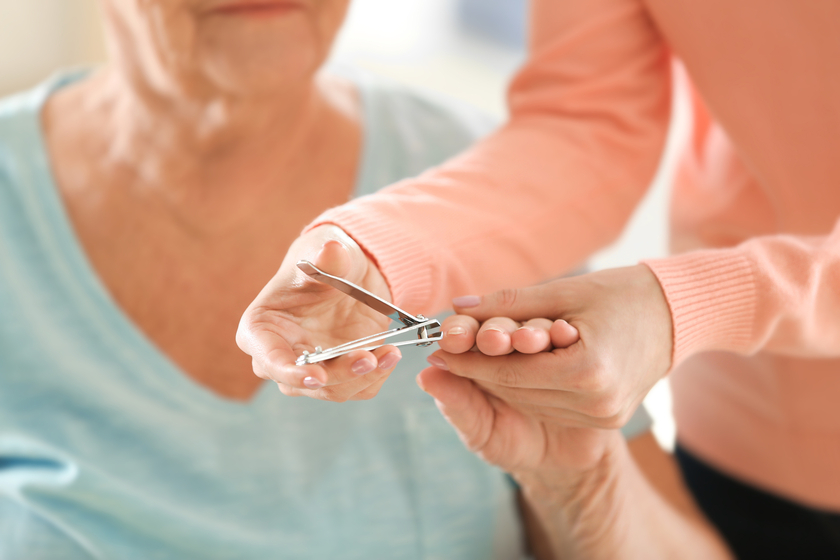As we age, maintaining personal hygiene and health becomes increasingly important, with fingernail care for seniors being an essential aspect of daily routines. Proper nail care is not only about aesthetics; it is crucial for preventing infections and maintaining overall health and wellness. Here are some valuable fingernail care tips for seniors, ensuring that nail health is prioritized alongside other aspects of senior well-being.
Understanding Nail Changes with Age
Our bodies undergo various changes as we age, and our nails are no exception. Seniors might notice their nails becoming more brittle, dry, or changing in color. These changes necessitate a shift in how nail care is approached, focusing on gentle handling to prevent damage and infections.
Keeping Nails Clean and Dry
One of the foundational steps in fingernail care for seniors is ensuring that nails are kept clean and dry. After washing hands or bathing, thoroughly drying the hands and the area under the nails is essential to prevent the growth of bacteria and fungi. Seniors or their caregivers can use a soft towel to gently pat the hands and nails dry.
Maintaining Nail Hygiene
For seniors, especially those residing in a retirement community where activities and social interactions are encouraged, maintaining nail hygiene is paramount. This involves regular washing and using a nail brush to softly clean under the nails. For those who may have difficulty with mobility or vision, seeking assistance from a caregiver or a fellow resident can ensure that proper nail care is not neglected.
Nail Trimming and Shaping
Regularly trimming and shaping the nails is vital to prevent them from becoming too long, which can lead to dirt accumulation and increase the risk of injury. Nails should be trimmed every two to three weeks, following the natural curve of the fingertip. Using a proper nail clipper and a file to smooth the edges can help avoid splits or tears that could lead to infections.
Avoiding Harsh Treatments
Gel manicures and other harsh nail treatments can be damaging to the nails, especially for seniors with already fragile nails. Opting for natural nail care options and moisturizing after each wash can help keep the nails and surrounding skin healthy. Moisturizers enriched with vitamins and minerals can provide an added boost to nail strength and health.
Cuticle Care
The cuticle plays a crucial role in protecting the nail bed from infections. Seniors should avoid cutting cuticles and instead gently push them back after a warm shower or bath when they are more pliable. Moisturizing cuticles with a specific cuticle cream or oil can also help keep them healthy and prevent cracking or splitting.
Choosing the Right Tools
Using the correct tools for nail care can make a significant difference. Instruments should be appropriately sized, easy to handle, and sanitized regularly to prevent the spread of infections. Electric nail files or clippers designed for seniors can be particularly useful for those with limited hand strength or dexterity.
Education and Professional Care
Living in a retirement community often provides access to retirement community amenities and services, including professional nail care. Taking advantage of these services can ensure that seniors receive the appropriate care for their nails, with professionals who are trained to handle the specific needs of older adults.
Encouraging Healthy Diets
A nutritious diet rich in vitamins and minerals can significantly impact nail health. Retirement communities can play a vital role by providing balanced meals that support overall health, including that of the nails. Foods high in biotin, such as eggs, almonds, and avocados, can contribute to stronger nails.
By following these fingernail care tips for seniors, individuals can enjoy healthier nails and reduce the risk of infections, contributing to a higher quality of life. Whether at home or in a retirement community, prioritizing nail care is a simple yet effective way to enhance seniors’ health and wellness.







